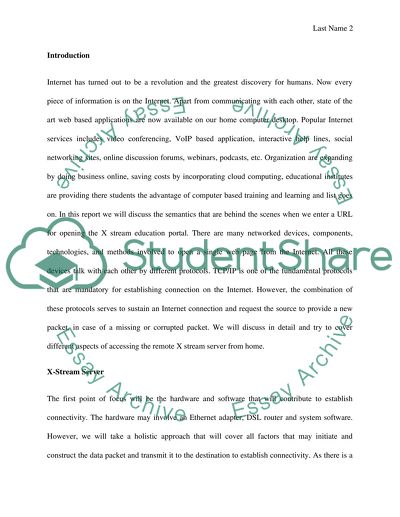Cite this document
(“Computer Communications & Networks Lab Report Example | Topics and Well Written Essays - 1500 words”, n.d.)
Retrieved from https://studentshare.org/e-commerce/1394467-computer-communications-networks
Retrieved from https://studentshare.org/e-commerce/1394467-computer-communications-networks
(Computer Communications & Networks Lab Report Example | Topics and Well Written Essays - 1500 Words)
https://studentshare.org/e-commerce/1394467-computer-communications-networks.
https://studentshare.org/e-commerce/1394467-computer-communications-networks.
“Computer Communications & Networks Lab Report Example | Topics and Well Written Essays - 1500 Words”, n.d. https://studentshare.org/e-commerce/1394467-computer-communications-networks.


